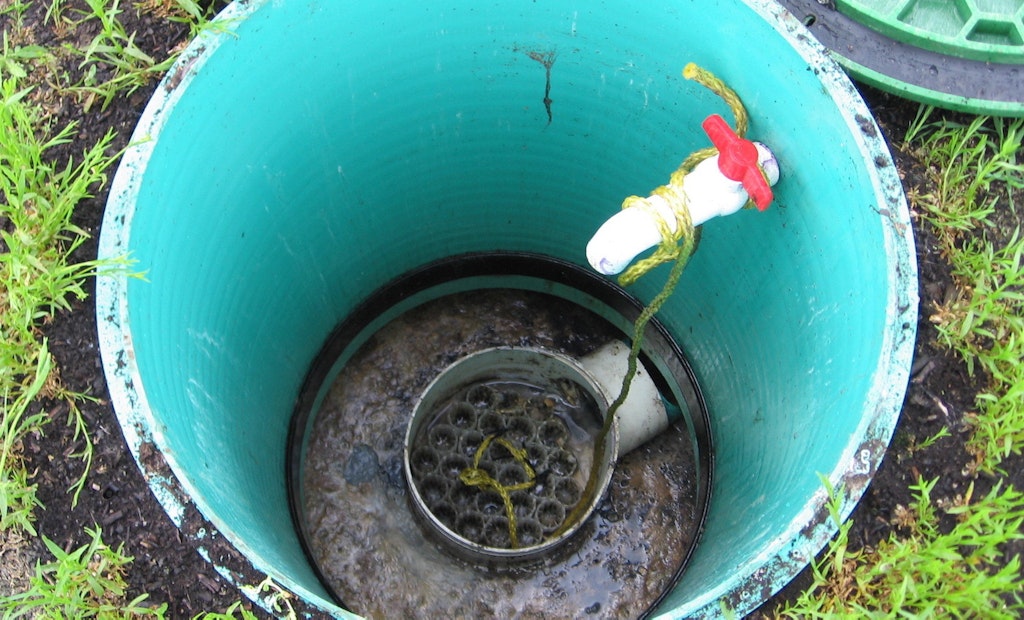Interested in Septic Tanks?
Get Septic Tanks articles, news and videos right in your inbox! Sign up now.
Septic Tanks + Get AlertsAerobic treatment units use biological processes to transform both dissolved and solid constituents into gases, cell mass and nondegradable material. Aerobic treatment units typically include three primary components:
- a trash tank
- an aeration chamber
- a clarifier
In a past article, we discussed the benefits of a trash trap, but sometimes ATUs are installed without either a trash trap or a clarifier. The generic terminology for these types of systems is an adaptive mechanical aerator. An AMA is a hybrid aerobic treatment unit that introduces air into a treatment component. Air is introduced to increase the oxygen available for digestion of organic matter and subsequent reduction in biochemical oxygen demand and total suspended solids concentrations. Air is introduced using compressors, blowers and fans. Air can be diffused directly into the wastewater, resulting in suspended growth organisms, or air can be diffused into a chamber containing media, promoting attached growth organism development.
Typically, the septic tank is the treatment component where the mechanical device is placed for air entrainment. The location of the AMA within the septic tank is generally specified by the manufacturer of the proprietary product. Do keep in mind that if there is no clarifier some particles and microorganisms may stay in suspension and persist in the effluent. An AMA can be placed in a pump tank or outside the septic tank but near the outlet baffle to direct air to the soil infiltrative surface (not directly into the wastewater, as described earlier) and thus meet the oxygen demand in the soil treatment area.
An AMA is generally used for remediation of onsite wastewater treatment systems having issues with wastewater acceptance in the soil treatment area, but they can also be used to improve the quality of effluent for a new system. The introduction of air can meet a portion of the oxygen demand, therefore lowering the organic loading leaving the tank and thus reduce biological clogging of the infiltrative surface and help restore hydraulic flow. This may be helpful for residences or small commercial facilities with higher than normal waste strength.
Some treatment units incorporate a bioaugmentation component in the treatment process. The bioaugmentation is achieved through addition of manufacturer-specific microbial organisms. Typically, an AMA is not able to achieve the same effluent quality of traditional ATUs when they are placed directly into septic tanks.
If you are placing an AMA directly into a septic tank it is best to consult with the manufacturer of the unit to determine the minimum size requirements; but when possible installing it in the second compartment of a two compartment septic tank is advisable, followed by a third compartment or tank to allow for clarification.
About the author
Sara Heger, Ph.D., is a researcher and educator in the Onsite Sewage Treatment Program in the Water Resources Center at the University of Minnesota, where she also earned her degrees in agricultural and biosystems engineering and water resource science. She presents at many local and national training events regarding the design, installation and management of septic systems and related research. Heger is the President of the National Onsite Wastewater Recycling Association and she serves on the NSF International Committee on Wastewater Treatment Systems. Ask Heger questions about septic system design, installation, maintenance and operation by sending an email to kim.peterson@colepublishing.com.






